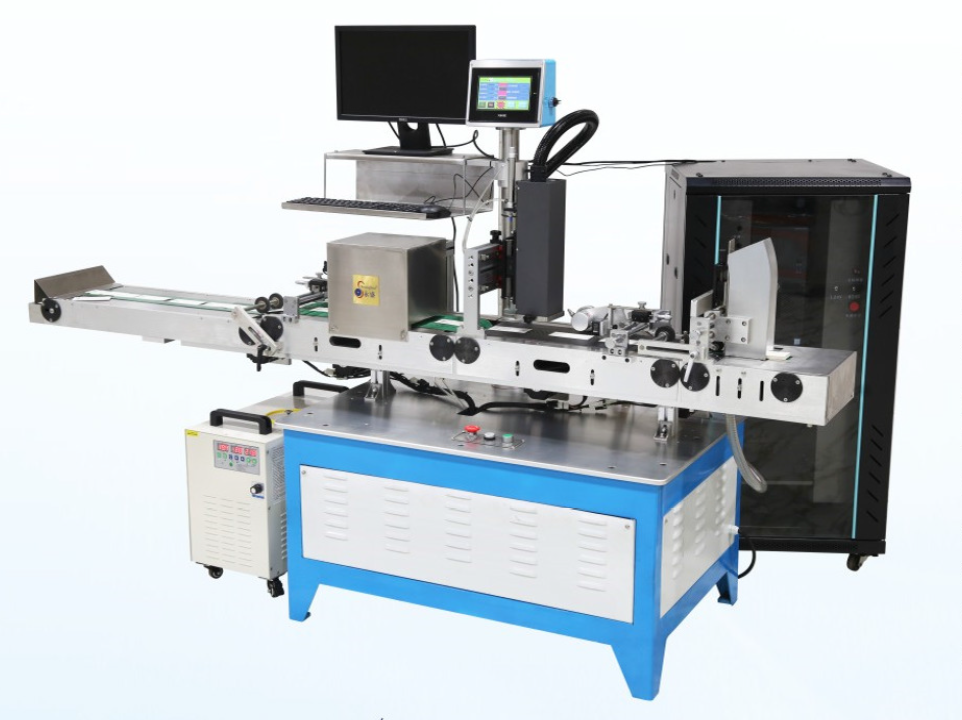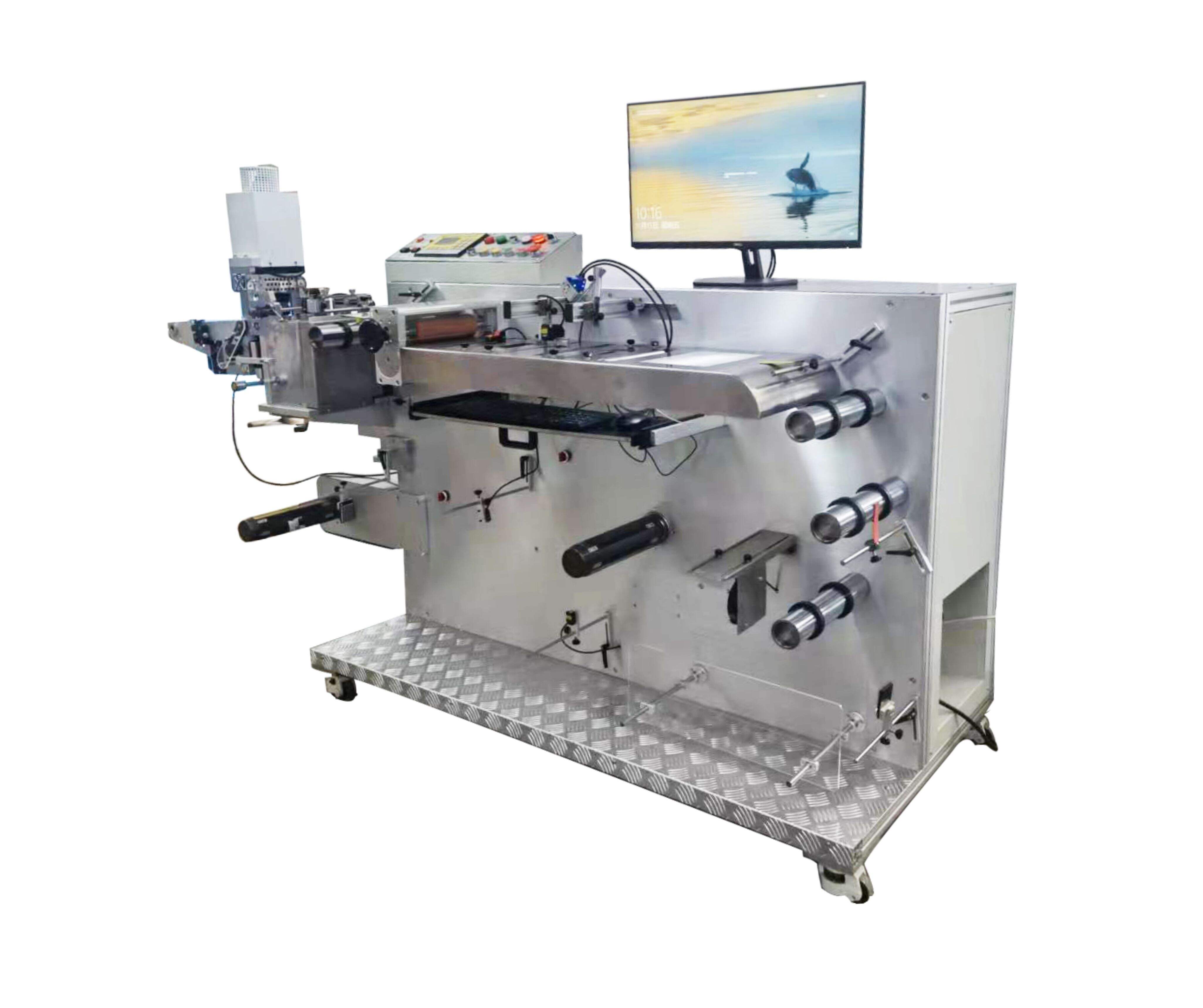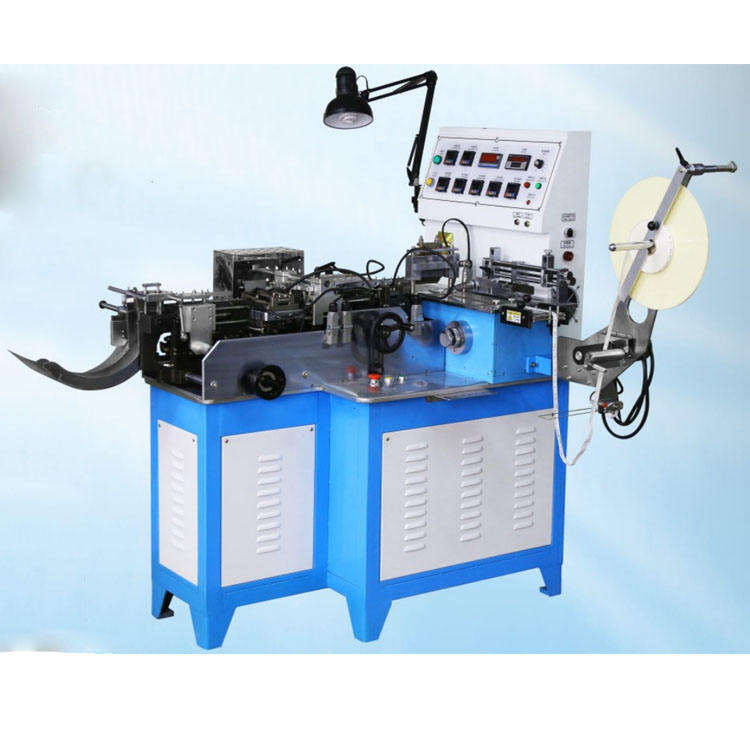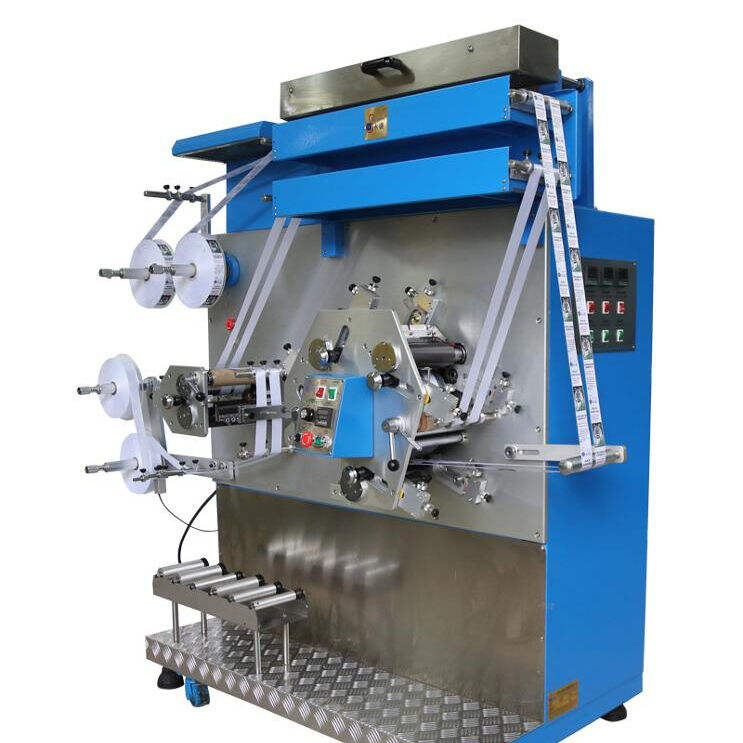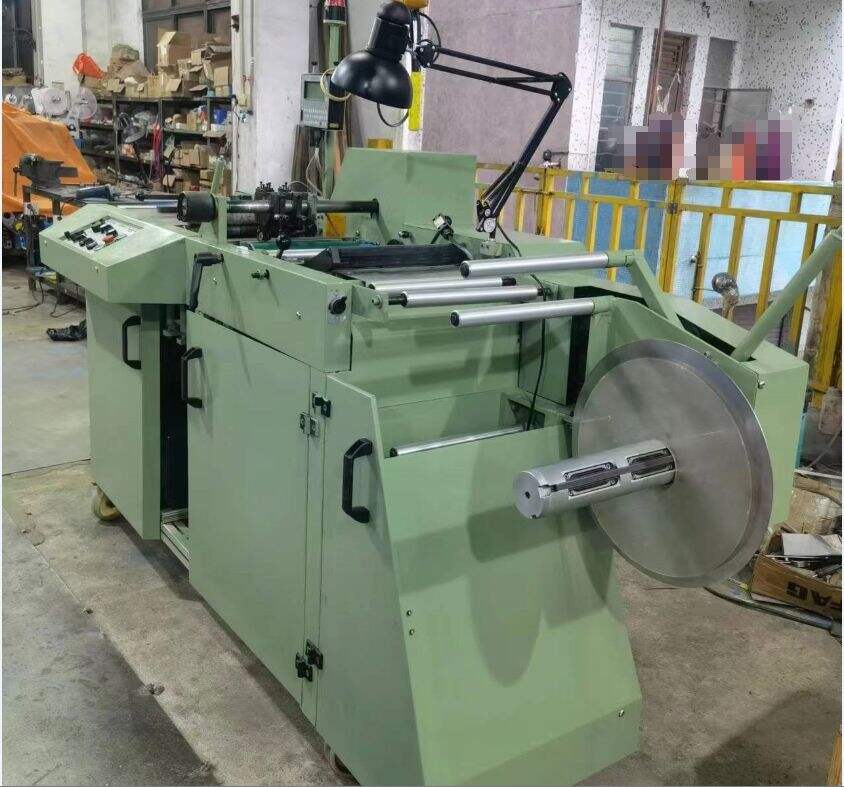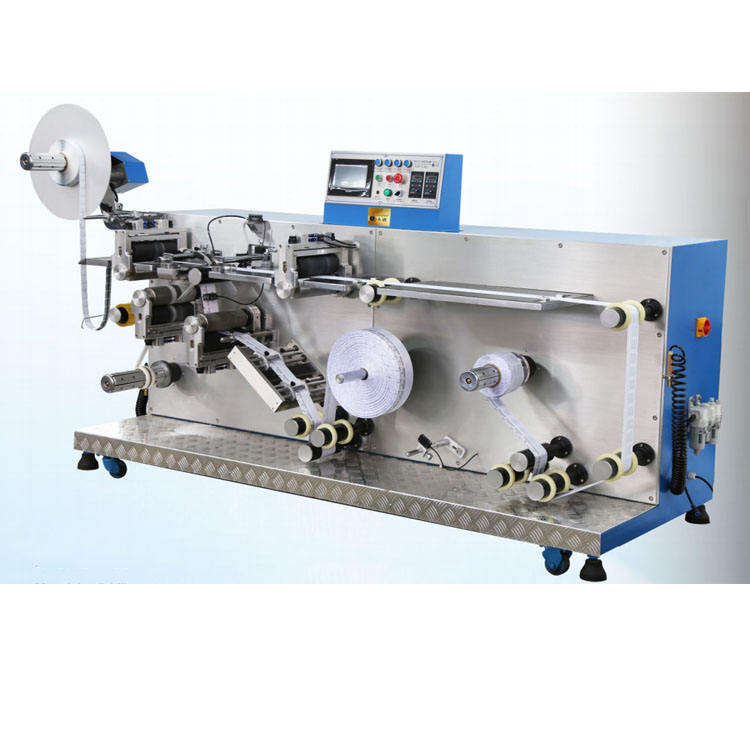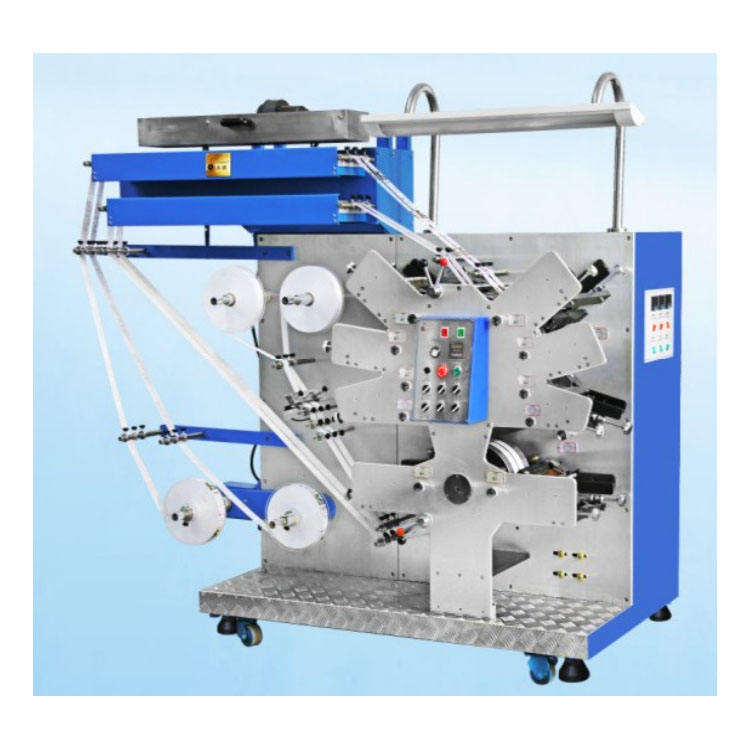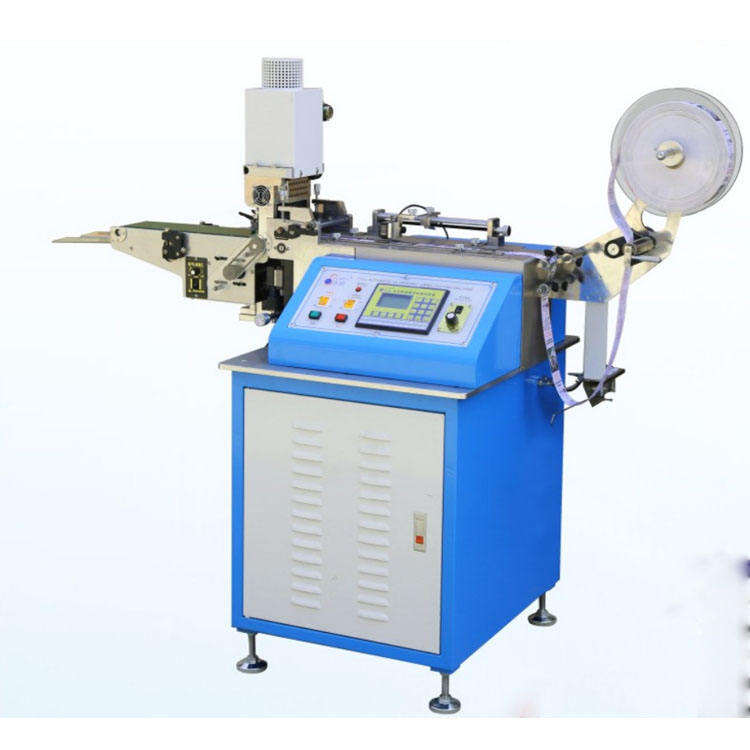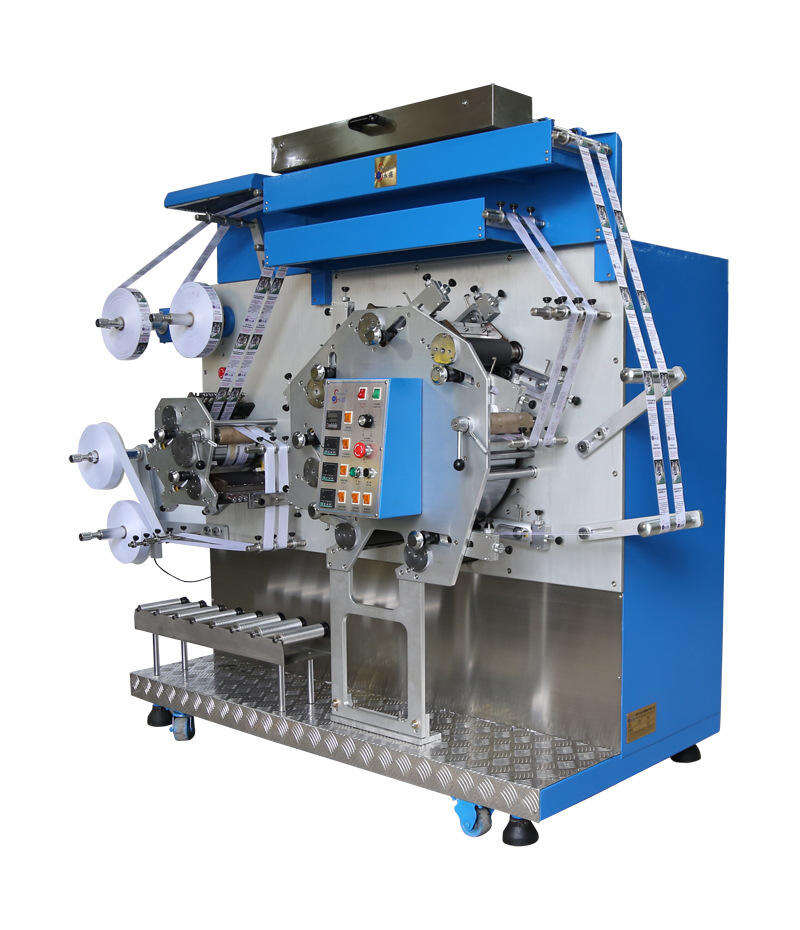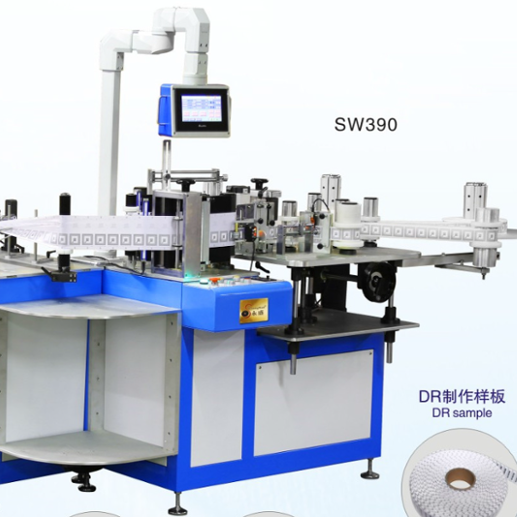Fabric Label Cutting Machine: Achieving Precision in Textile Label Manufacturing
The Role of Fabric Label Cutting Machines in Modern Textile Manufacturing
Why Precision Matters in Textile Label Production
Precision in textile label production is crucial for clear branding and compliance with industry regulations. When labels are cut with high accuracy, they contribute to the effective communication of a brand's identity and ensure adherence to legal standards. In fact, statistical data shows that enhancing precision in cutting operations reduces rework and defects, which in turn boosts operational efficiency. By reducing errors, companies can save costs and time, thereby improving their overall productivity. Using advanced technologies like laser cutting can maintain the required precision for intricate designs and small text, which is increasingly important in the contemporary market where label aesthetics can significantly influence consumer perception.
Evolution from Manual to Automated Cutting Systems
The transition from manual cutting methods to automated systems has profoundly impacted the textile manufacturing industry. Automated cutting systems have dramatically improved production speed and accuracy by minimizing human error. This shift has allowed manufacturers to scale their operations and handle larger volumes without compromising on quality. The historical development of these automated technologies in the textile sector marks a notable increase in efficiency, as they facilitate faster turnaround times and ensure consistent, high-quality outputs. This evolution reflects the industry's ongoing commitment to innovation, and precision remains a core focus in achieving excellence in fabric label production.
Core Components of a Fabric Label Cutting Machine
Laser Cutting Modules: Accuracy at Microscale
Laser cutting modules are pivotal in fabric label cutting machines for achieving high precision at a microscale. This technology enables detailed cuts and intricate shapes that are often impossible with other methods. By using laser beams, fabric label designs can maintain their fidelity without distortion, which is crucial for brands representing their identity accurately. Moreover, laser modules enhance production speed and reduce material waste by optimizing cutting paths, which is essential in high-volume production. This efficiency not only minimizes operational costs but also supports sustainable practices by conserving resources.
CNC Systems for Automated Pattern Execution
CNC (Computer Numerical Control) systems revolutionize automated pattern execution in fabric label cutting machines, greatly enhancing accuracy and efficiency. With CNC technology, manufacturers can replicate complex designs consistently, effectively eliminating human error prevalent in manual operations. These systems are pre-programmed with cutting paths for specific label designs, ensuring each cut adheres precisely to the specified pattern. This precision in execution helps preserve the quality of the labels, guaranteeing uniformity across batches and improving overall productivity.
Material Handling Mechanisms for Seamless Workflow
Efficient material handling mechanisms are integral to ensuring seamless workflow within fabric label cutting machines. These mechanisms minimize downtime and maximize productivity by automating the feeding and movement of materials during the cutting process. Features such as automated feeding systems and conveyor belts significantly enhance operational efficiency, reducing the need for manual labor and minimizing handling costs. By optimizing material flow, these mechanisms contribute to faster production cycles and better resource management, vital for meeting the demands of modern textile manufacturing.
Benefits of Advanced Textile Label Cutting Technology
Reducing Material Waste with Optimized Cutting Paths
One of the key advantages of advanced textile label cutting technology is the reduction of material waste through optimized cutting paths. By utilizing precision tools and algorithms to determine the most efficient cutting path, manufacturers can significantly reduce production costs and contribute to sustainable manufacturing practices. Studies indicate that companies can achieve material waste reduction by up to 30% when implementing these cutting technologies. This reduction not only supports environmental sustainability but also enhances cost-efficiency by minimizing unused scraps and offcuts.
Enhancing Production Speed for High-Volume Orders
Advanced cutting machines are crucial for enhancing production speed, especially when dealing with high-volume orders. These machines are designed to handle large quantities efficiently, ensuring that production throughput is maximized without sacrificing quality. In a competitive market where rapid delivery is often a key differentiator, maintaining high production speed is vital. By integrating technologies that streamline operations, businesses are better equipped to meet the demands of fast-paced consumer trends while improving their market standing.
Consistency in Complex Label Shapes and Designs
Ensuring consistency in label shapes and designs is another significant benefit of advanced cutting technology. Each label produced needs to meet stringent standards, reflecting the brand's identity and maintaining consumer trust. This consistency is accomplished by employing cutting technologies capable of replicating complex patterns with precision. Such uniformity is crucial for brand reputation, as it fosters consumer confidence and can lead to increased sales. By adopting cutting-edge machinery, businesses can fortify their market position by guaranteeing that every product aligns with the brand's aesthetic and quality expectations.
Applications Across Textile Industry Sectors
Garment Branding: Permanent Labels for Apparel
Permanent labels play a pivotal role in garment branding, providing essential information like care instructions and reinforcing brand identity. These labels are not just identifiers; they are vital for maintaining the quality and consistency expected by consumers. Modern cutting machines contribute significantly to this aspect by crafting labels that adhere to high-quality standards, ensuring durability and resistance to wear and tear. This capability is especially crucial for enhancing brand reputation in competitive markets.
Technical Textiles: Durable Tags for Industrial Use
Technical textiles demand durable tags that can withstand harsh industrial environments, and advanced cutting machines are the answer to meeting these challenging conditions. The implementation of these machines in industrial settings has demonstrated considerable improvements in the longevity and functionality of tags. Enhanced durability is particularly beneficial in sectors where tags are exposed to extreme wear, ensuring the technical textiles remain identifiable and traceable throughout their lifecycle.
Luxury Goods: Precision-Cut Embroidered Labels
Luxury goods often incorporate precision-cut embroidered labels that elevate product value and appeal to discerning consumers. Advanced cutting technology is crucial in this sector as it ensures that labels maintain their aesthetic quality without sacrificing cost-effectiveness. By precisely cutting intricate designs, luxury brands can offer products that embody elegance and refinement, essential characteristics that resonate with their target market.
Selecting the Right Fabric Label Cutting System
Key Specifications: Speed, Accuracy, and Material Compatibility
Choosing the right fabric label cutting system begins with understanding key specifications like speed, accuracy, and material compatibility. These factors play a crucial role in optimizing performance for various textile applications. For instance, a cutting system with high speed and accuracy can significantly boost production efficiency, while ensuring minimal material wastage. It's imperative for businesses to thoroughly research and compare different models to align with their production needs and budget constraints, considering both immediate and long-term outcomes.
Integrating with Existing Digital Workflows (CAD/CAM)
Integrating cutting machines with existing digital workflows such as CAD/CAM is essential for enhancing design flexibility and efficiency. Such integration allows companies to streamline their production processes, minimizing lead times and improving overall operational effectiveness. As CAD/CAM systems offer real-time design adjustments and instant feedback loops, the ability of a cutting machine to synchronize with these workflows can be a game-changer for businesses striving to maintain a competitive edge in the fast-paced textile industry.
Maintenance Requirements for Long-Term Reliability
Regular maintenance is crucial for ensuring the long-term reliability and performance of fabric cutting machines. Establishing a maintenance schedule, guided by manufacturer recommendations, helps prevent unexpected downtimes that can disrupt production. Proper care and routine checks not only safeguard against mechanical failures but also optimize machine efficiency, extending the lifespan of the equipment. In a competitive market where efficiency and quality are paramount, maintaining an operational cutting system can significantly impact a company’s production capabilities and bottom line.
FAQ
What are fabric label cutting machines used for?
Fabric label cutting machines are used in textile manufacturing to accurately cut fabric labels for branding and information purposes.
Why is precision important in textile label production?
Precision ensures clear branding and compliance with regulations, reduces rework and defects, and improves production efficiency.
What are the benefits of using advanced cutting technology?
Advanced cutting technology reduces material waste, enhances production speed, and ensures consistency in complex label designs.
How do CNC systems improve label cutting?
CNC systems automate pattern execution, ensuring accuracy and consistency in complex designs, reducing human error.
Why integrate cutting machines with CAD/CAM workflows?
Integration with CAD/CAM workflows enhances design flexibility, efficiency, and streamlines production processes.
Recommended Products
Hot News
-
Reflect On The Cultural Significance Of The Printing Press In Preserving And Disseminating Knowledge
2023-12-08
-
The Role Of The Printing Press In The Global Economy
2023-12-08
-
Environmental Impact: Analyzing The Environmental Footprint Of The Printing Industry
2023-12-08
-
The Frontier Of Printing: 3d Printing And Its Industrial Renaissance
2023-12-08
-
The Evolution And Impact Of The Printing Press
2023-12-08
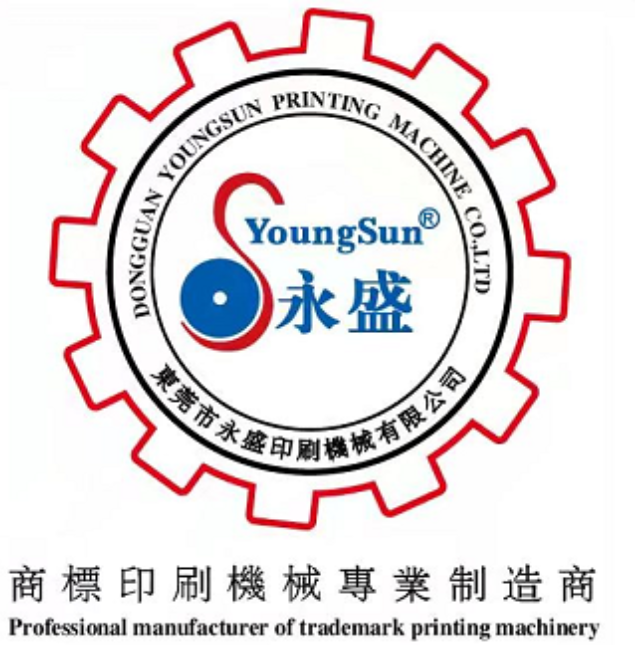
 EN
EN
 AR
AR
 CS
CS
 DA
DA
 NL
NL
 FI
FI
 FR
FR
 DE
DE
 EL
EL
 HI
HI
 IT
IT
 JA
JA
 KO
KO
 PL
PL
 PT
PT
 RO
RO
 RU
RU
 ES
ES
 SV
SV
 IW
IW
 ID
ID
 VI
VI
 SQ
SQ
 HU
HU
 MT
MT
 TH
TH
 TR
TR
 AF
AF
 GA
GA
 BN
BN
 BS
BS
 LO
LO
 LA
LA
 MI
MI
 MN
MN
 NE
NE
 MY
MY
 KK
KK
 UZ
UZ
 KY
KY
